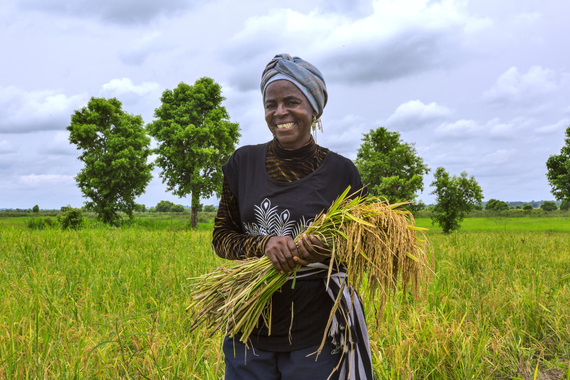World leaders have agreed to the ambitious goal of eradicating hunger by 2030. The scale of the problem is daunting. Every day 800 million people go to bed with empty stomachs and more than 8,000 children die needlessly from conditions linked to under-nutrition. And by the time we reach 2030, the global population is likely to include an additional 1.5 billion mouths to feed. When we think of food waste in the developed world, we think of consumable food thrown out of supermarkets, restaurants and homes. In the developing world, it is a different issue. Food is lost before it even gets to the market. Grain losses in sub-Saharan Africa alone are worth up to US$4 billion a year – enough to provide the minimum food requirements of at least 48 million people.
A pilot project supported by the International Fund for Agricultural Development (IFAD) tested the impact of low-cost storage equipment. The project distributed 42,000 airtight storage drums, paid in part by the farmers who received them. Farmers who used the drums to store their grains reduced their losses from 30 per cent to one per cent, potentially halving the duration of future “hungry seasons”. The anticipated increase in their annual incomes is nearly 300 per cent. Once the farmers were provided with better storage facilities, they also became more interested in adopting higher-yielding seeds because the storage allows them to sell their surplus for greater profit in the off-season.
29 agosto 2016Original Author: Kanayo F. Nwanze

